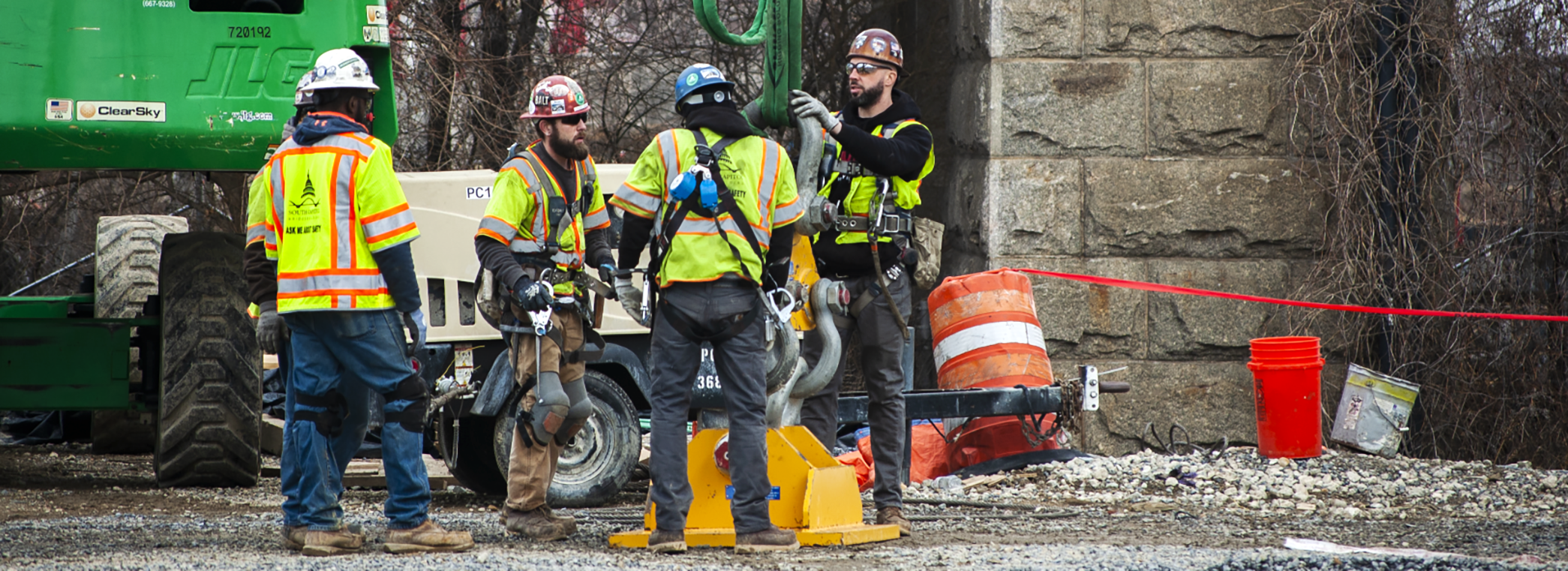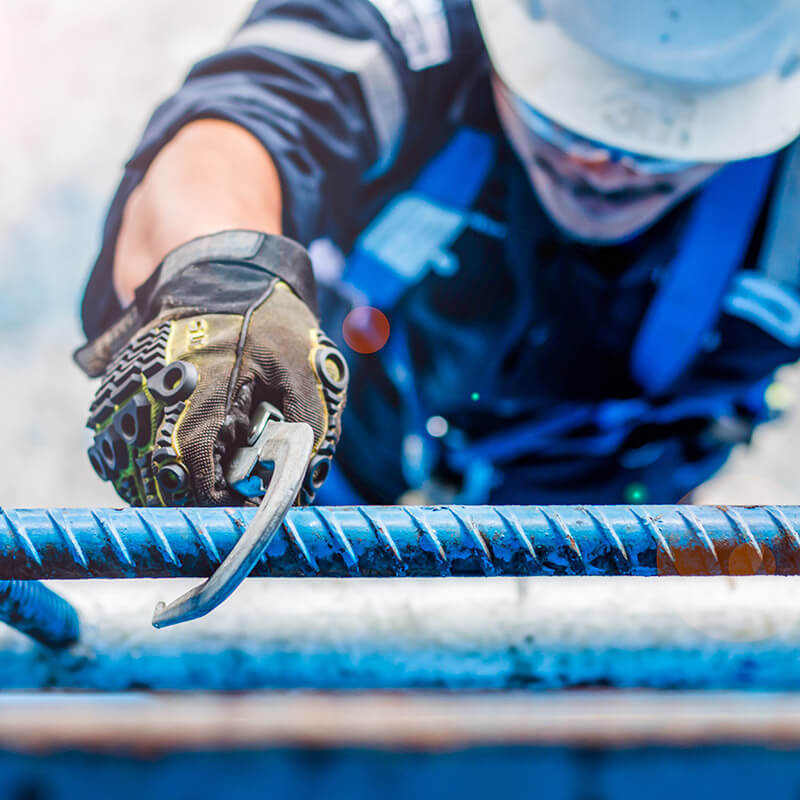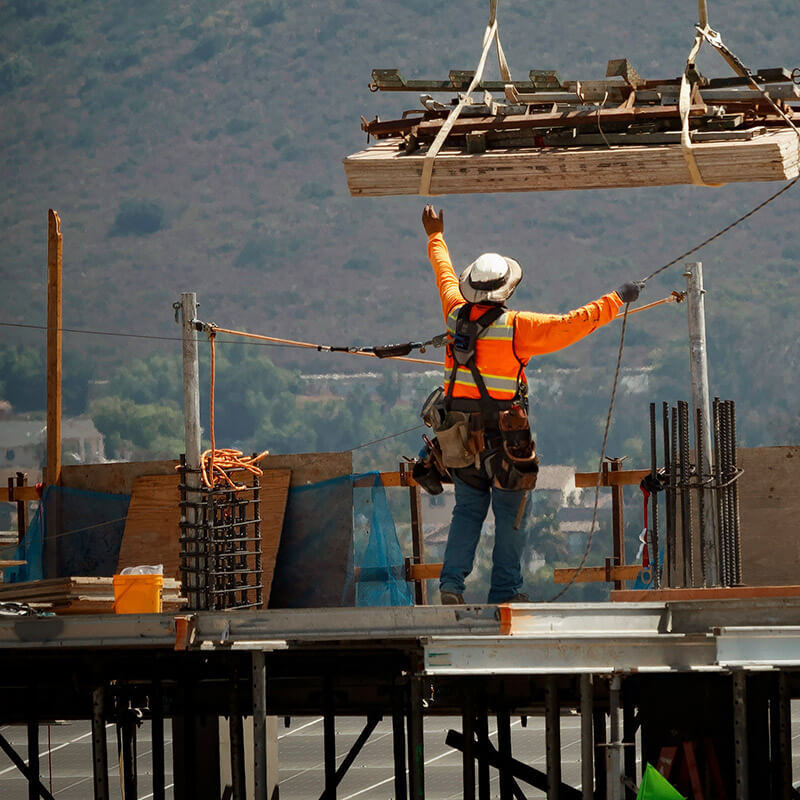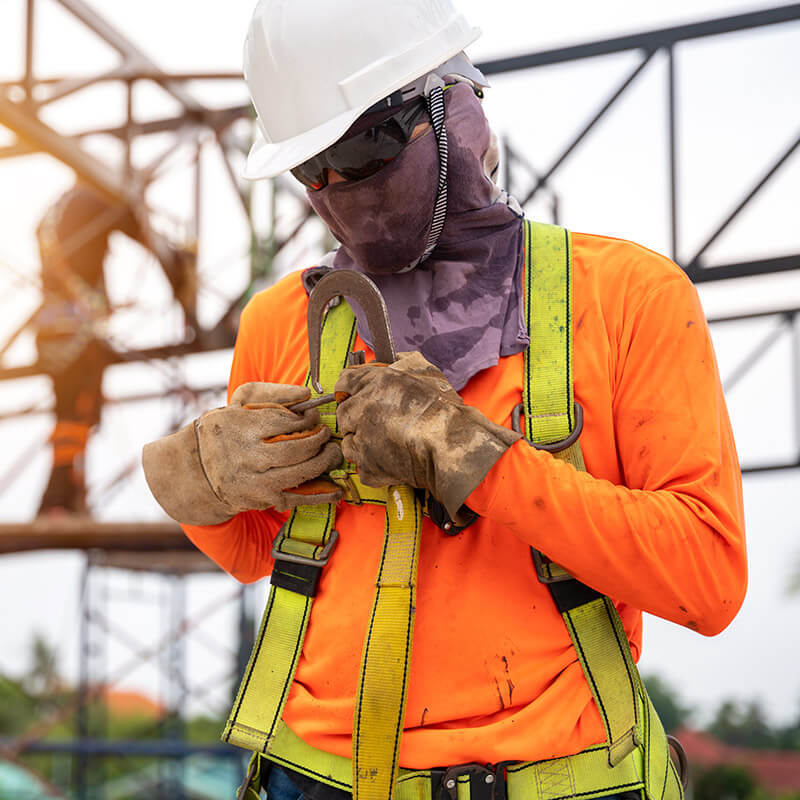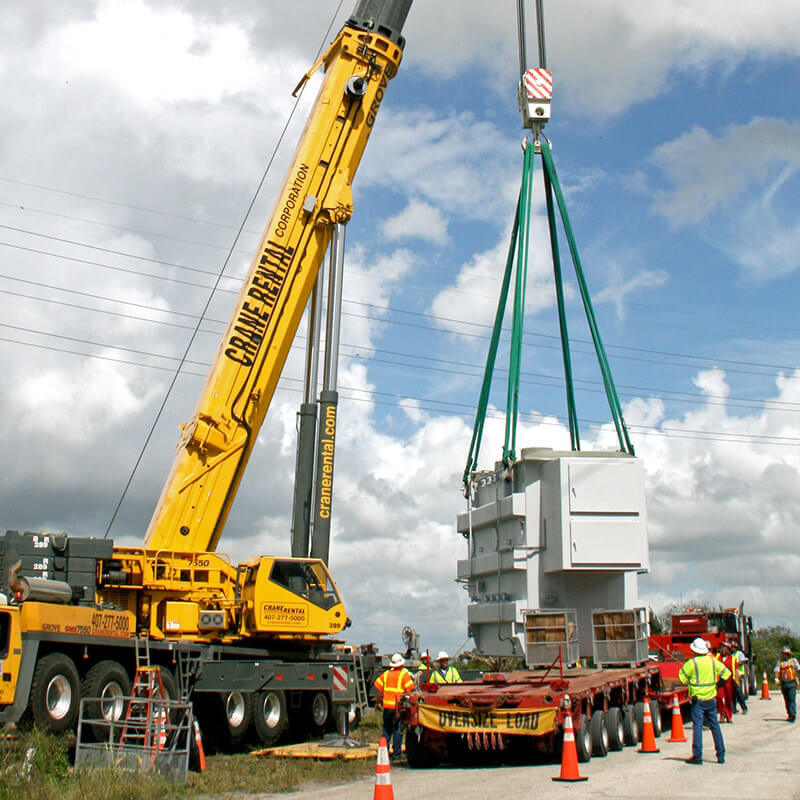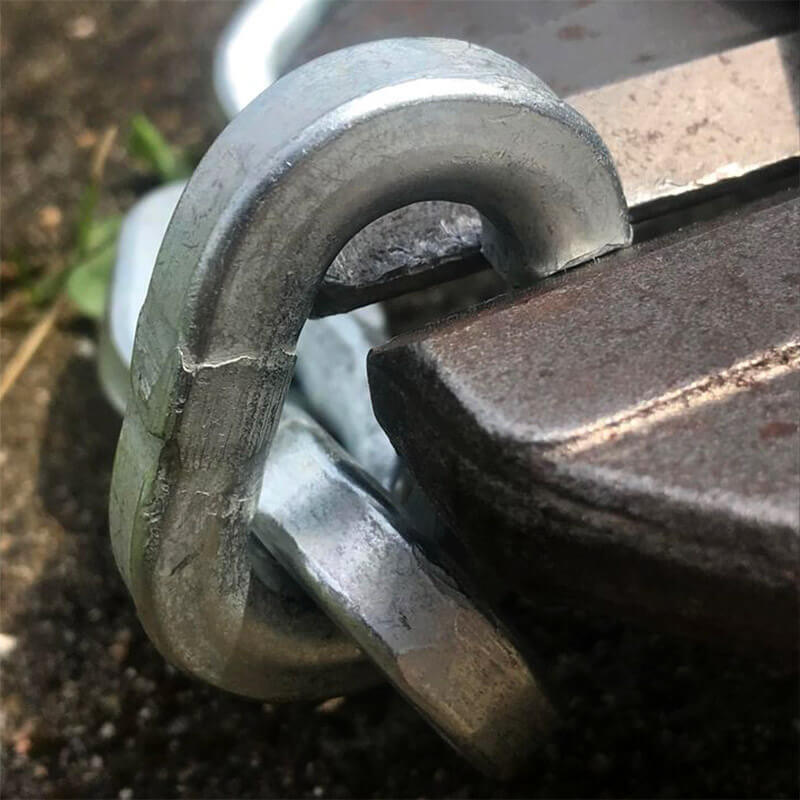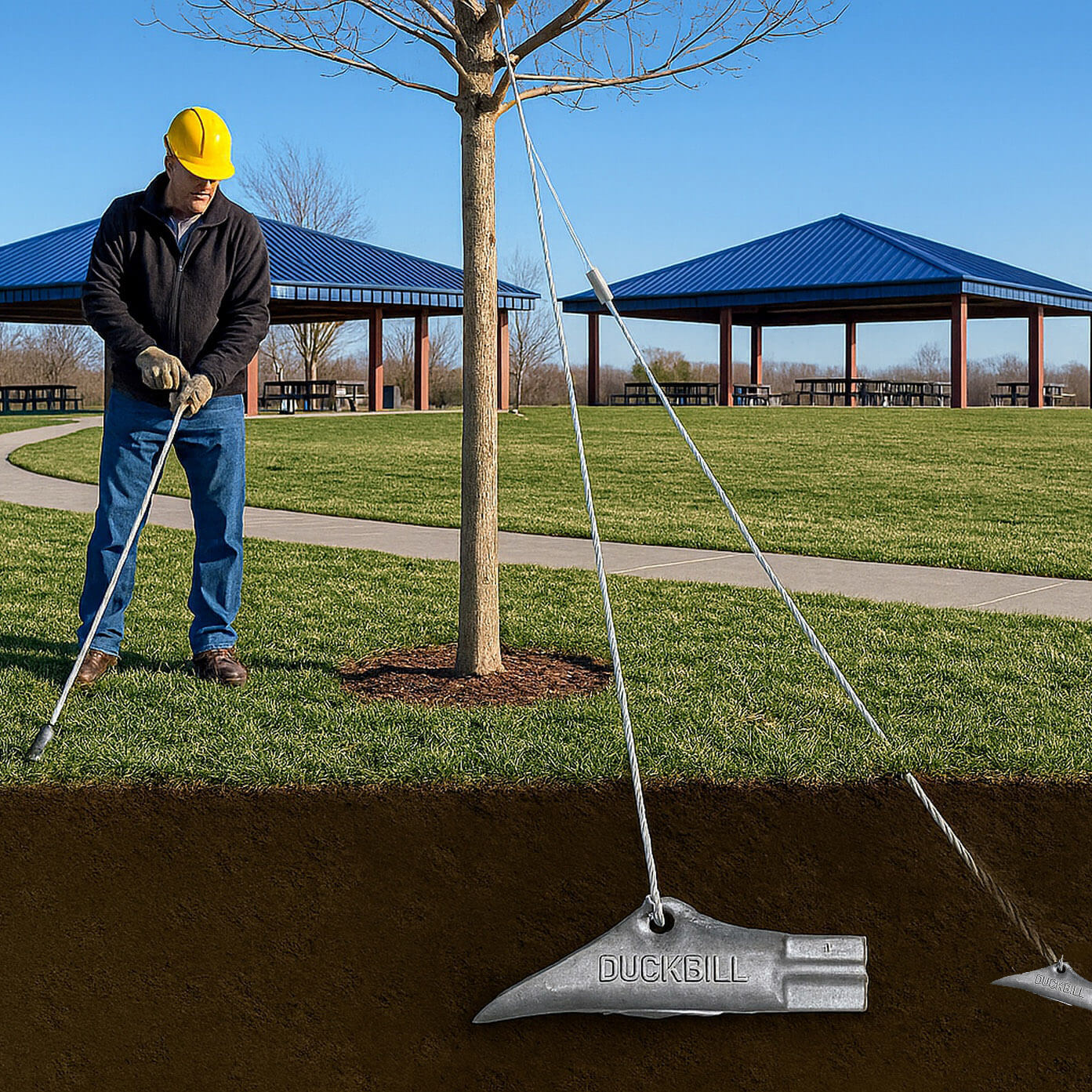What Equipment is Used in Fall Protection?
Fall protection equipment is vital, as shown by the Bureau of Labor Statistics. Falls are the second leading cause of workplace deaths. Safety gear like harnesses and arrest systems keeps workers safe. This gear is not just for construction but also for oil and gas, civil engineering, and more.
Fall protection violations are a big deal for OSHA. They are among the top ten citations every year. OSHA requires fall arrest systems for heights over six feet. These systems have three parts: anchorage, body support, and connectors.
Fall restraint systems prevent workers from getting too close to hazards. They also have anchorage, body harnesses, and connectors. Specialized systems are used for tasks like window washing, where workers are suspended in mid-air.
Brands like DBI-SALA and Palmer Safety offer many solutions. The DBI-SALA construction harness is a favorite for its safety and comfort. Products like Palmer Safety Class Microbeast Web SRL meet specific needs, ensuring safety.
Key Takeaways
- Fall protection equipment is essential to mitigate workplace fall hazards.
- OSHA mandates fall arrest systems for work conducted 6 feet or higher above the ground.
- Key components of fall protection systems include anchorage, body harnesses, and connectors.
- Fall restraint systems aim to prevent falls by stopping workers before they reach a hazard.
- Leading brands like DBI-SALA and Palmer Safety offer specialized fall protection solutions.
Introduction to Fall Protection Equipment
Fall protection equipment is vital for keeping workplaces safe. It's needed where falls from heights are a big risk. OSHA rules say businesses must use fall restraint and arrest systems to protect workers.
Understanding Fall Protection Systems
Fall protection gear includes many devices and systems. These are designed to stop falls or lessen their impact. Fall restraint systems work like a dog leash, keeping workers in safe areas. Fall arrest systems catch workers in mid-air during a fall.
OSHA rules say these systems must meet certain weight and anchorage standards. This ensures they work well and are safe.
Personal fall arrest systems have parts like anchors, body wear, and connectors. These must follow OSHA, ANSI Z359, and ANSI A10.14-1991 standards. Workers need training on using and checking this gear, as per EHS rules.
Using fall protection gear right can greatly lower injury and death rates at work. In fact, 40% of falls lead to injuries, and 39% are fatal. Good fall protection programs can cut these risks, boost work efficiency, and save on legal and medical costs.
Administrative steps, like training and scheduling, also play a big role in reducing fall risks. Fall restraint systems keep dangerous areas off-limits. Fall arrest systems are for emergencies. Having a Competent Person check and use fall gear correctly is also key.
Knowing and using the right fall protection systems is essential for a safer work place. Following OSHA rules helps protect workers and promotes a safe, efficient work environment.
Main Types of Fall Protection Equipment
Fall protection is key in workplaces, like construction, where falls are a big risk. There's a wide range of equipment to prevent injuries and deaths. Each piece is made for different work situations at heights.
Body Harnesses
Body harnesses, or safety harnesses, are vital in fall arrest systems. They spread out the force of a fall, reducing injury risks. Webb-Rite Safety makes top-notch body harnesses for safe work in dangerous places.
Safety Lanyards
Safety lanyards are flexible lines that link a worker's harness to an anchor. They're essential for keeping workers safe and come in shock-absorbing types. These help lessen the impact of a fall.
Anchorage Connectors
Anchorage connectors are key for linking a worker's fall gear to an anchor. They provide stable tie-off points for safe work at heights.
Self-Retracting Lifelines
Self-retracting lifelines (SRLs) work like seat belts, extending and retracting for more movement. They lock during a fall to stop severe impacts. Personal Fall Limiters, a type of SRL, are shorter for more freedom.
Guardrails and Safety Nets
Guardrails and safety nets are passive systems that don't need worker action. Guardrails block access to dangerous edges. Safety nets catch workers if they fall, adding extra safety where needed.
Where Fall Protection Equipment Should Be Used
Fall protection equipment is key to keeping workers safe in high-risk areas. Falls are a major cause of workplace deaths. Roof safety gear, anchor points, and lanyards are essential to prevent accidents and save lives. Here are the main places where these protections are needed.
Around Holes or Pits
Holes or pits are big fall hazards. Roof safety equipment and anchor points can stop falls. OSHA requires anchor points to hold at least 5,000 pounds for fall arrest systems.
On Unstable Surfaces
Unstable surfaces can shift or collapse, making them dangerous. Workers need lanyards and fall restraint systems. These should be able to handle anchor points rated for 3,000 to 5,000 pounds, as OSHA says.
Near Unprotected Open Edges
Open edges without barriers are risky. Anchor points, self-retracting lifelines (SRLs), and safety harnesses are needed. SRLs can stop a worker's fall, preventing serious injury or death.
Slopes or Slippery Surfaces
Slippery surfaces, like glazed tiles, are slippery and risky. Body harnesses attached to secure anchor points are a must. This ensures slips don't become dangerous falls.
Elevated Platforms or Portable Ladders
Working on high platforms or ladders is risky. Personal fall arrest systems and lanyards are essential. Reliable anchor points are vital for worker safety.
Fragile Surfaces
Fragile surfaces, like old metal roofs or skylights, are very dangerous. They can't hold a worker's weight. Personal fall limiters (PFLs) and safety nets are vital to protect workers.
Conclusion
Fall protection is key to keeping workplaces safe, mainly in risky areas like construction. Falls cause 36.4% of all deaths in these fields. This makes a detailed fall protection plan very important.
Using personal protective gear like harnesses and safety nets is vital. These tools, along with passive barriers, help lower fall risks.
Good fall protection plans save lives and cut down on business costs. Studies show that a solid safety program can reduce injuries and costs by up to 40%. Training workers to use fall protection gear right can also lower injury rates by nearly 19.6%.
Following OSHA rules is essential for keeping workplaces safe. These rules include the Fall Protection Standard and guidelines for residential construction.
New tech has made fall protection gear better and more comfortable. Materials like nylon and Kevlar make it easier to move. New lifelines with energy absorbers also help reduce the impact of falls.
Even smartwatches like the Apple Watch Series 4 and 5 are being used to prevent falls. Employers must make sure workers are trained and have the right gear. They also need to check job sites for fall hazards regularly.
If you need any fall protection equipment check out our selection of best sellers and inventory we have ready to ship you can buy online at Bishop Lifting
FAQ
What equipment is used in fall protection?
Fall protection gear includes full-body harnesses and safety harnesses. It also has safety lanyards, anchorage connectors, and self-retracting lifelines. Guardrails, safety nets, and fall arrest systems are also part of it. These tools help prevent falls or lessen injuries if a fall happens.
What are the two main types of fall protection systems?
There are two main types of fall protection systems. Fall restraint systems keep workers from falling by limiting their movement. Fall arrest systems, on the other hand, stop a worker mid-air during a fall.
What are body harnesses and why are they important?
Body harnesses, or safety harnesses, are key in fall arrest systems. They spread out the force of a fall across the body, reducing injury risk. Workers wear them to ensure safe distribution of forces during a fall.
How do safety lanyards function in fall protection?
Safety lanyards are flexible lines that connect a worker’s harness to an anchorage point. They limit the fall distance and can have shock absorbers to lessen the impact force.
What are anchorage connectors and what roles do they play?
Anchorage connectors are vital in fall protection systems. They serve as secure points for lanyards or lifelines. They must meet OSHA weight requirements for a safe and effective connection.
How do self-retracting lifelines work?
Self-retracting lifelines, like Personal Fall Limiters, work like seat belts. They automatically retract to remove slack and lock to stop a fall immediately. This minimizes the fall distance and impact forces.
What are the roles of guardrails and safety nets in fall protection?
Guardrails and safety nets are passive fall protection systems. They don't need worker involvement. Guardrails block access to hazardous areas, while safety nets catch workers in case of a fall, adding a secondary safety layer.
Where should fall protection equipment be used on a worksite?
Fall protection gear is needed around holes or pits, on unstable surfaces, near open edges, on slopes or slippery areas, and on elevated platforms or ladders. It's also essential on fragile surfaces like rusty metal roofs or skylights. Good lighting and load-bearing capacity checks are also important.
What Is a Kernmantle Rope Used For?
Nov 21st 2025
What Is a Fall Protection Harness?
Nov 14th 2025
What are the four components of a PFAS?
Nov 7th 2025
Is Palmer Safety OSHA Compliant?
Nov 3rd 2025
What’s the Hardest Chain to Cut?
Oct 20th 2025
What are the most common tools used in rigging?
Oct 13th 2025
What Is the Strongest Security Chain?
Oct 7th 2025
Are Pewag Chains Good?
Oct 3rd 2025
What Are DuckBill Anchors Used For?
Sep 26th 2025


